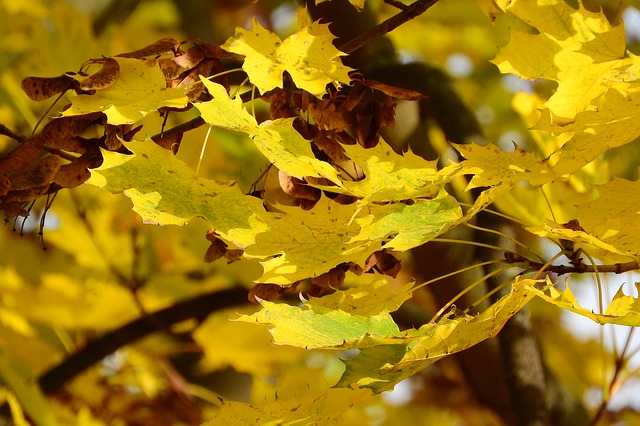This is the sixth and final part of a series on Norway maple cultivars.
Introduction
Norway maple is one of the most common trees in North America. It has an extended history on the continent, having been introduced as an ornamental plant to the United States in the early 20th century. While Norway maple is classified in several states as invasive, numerous cultivars have been derived from it over the past few decades. The following examines some of the most notable Norway maple varieties, including ‘Summershade’, ‘Superform’, and ‘Variegatum’.
‘Summershade’ is a medium sized cultivar of Norway maple. It can grow 40 to 60 feet, with a 35 to 50 foot spread. When shaded on either side, ‘Summershade’ may reach even greater heights. ‘Summershade’ develops at a fast rate. It establishes a dense, ovate crown, and an upright branching habit. Greenish-yellow corymbs cover the branches in spring. The blooms are followed by samaras, which linger into fall. The leaves are lobed, and have a star-like shape. Through spring and summer, the foliage is colored dark green. By fall, the foliage turns an appealing golden yellow shade. ‘Summershade’ has a shallow root system that allows it to dominate weeds, grasses, and other plants. It is resistant to salt exposure, drought conditions, and air pollution, making it an ideal planting along roadways. ‘Summershade’ can be used as a bonsai specimen. The seeds produced by ‘Summershade’ are consumed by birds and rodents.
‘Superform’ is a medium sized Norway maple cultivar. It grows 40 to 50 feet tall, with a 30 to 40 foot spread. ‘Superform’ develops at a medium rate. It has a rounded growth form, and an upright branching habit. ‘Superform’ is notable for its straight trunk, which many other cultivars lack. ‘Superform’ exhibits some resistance to frost cracking, which the parent species is susceptible to. Clusters of greenish-yellow corymbs can be observed on the branches in early spring. These are replaced by paired samaras in summer. The lobed, star-like leaves are dark green through summer. They brighten to yellow in fall. This cultivar’s fall display is typically more vibrant than that of many other Norway maple cultivars. ‘Superform’ has a shallow root system, which enables it to out-compete other surface dwelling plants, such as weeds and lawn grasses. To truly thrive, ‘Superform’ requires planting in sites exposed to full sunlight. It can be planted in a wide range of soil types, and exhibits a resistance to pollution, salt spraying, and drought conditions.
‘Variegatum’, or variegated Norway maple, is a unique cultivar that is renown for its striking green and white foliage. This cultivar is a medium sized tree, reaching heights of 30 to 40 feet, with a 25 to 35 foot spread. It has a straight trunk, and a dense, ovate crown. It develops at a medium rate. Under ideal conditions, ‘Variegatum’ can live for over 100 years. Inconspicuous greenish-yellow blooms form on the branches in early spring. These are shed by summer, when paired samaras take their place. The foliage is light green, with white variegated margins. This coloration persists through summer, before brightening to yellow, with tinges of pink by fall. A shallow root system allows ‘Variegatum’ to easily displace weeds, lawn grasses, and other understory plants. ‘Variegatum’ is tolerant of most climatic conditions, and can be planted in a variety of soil types.


